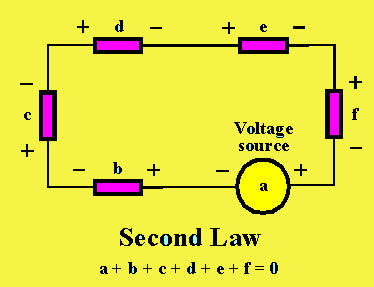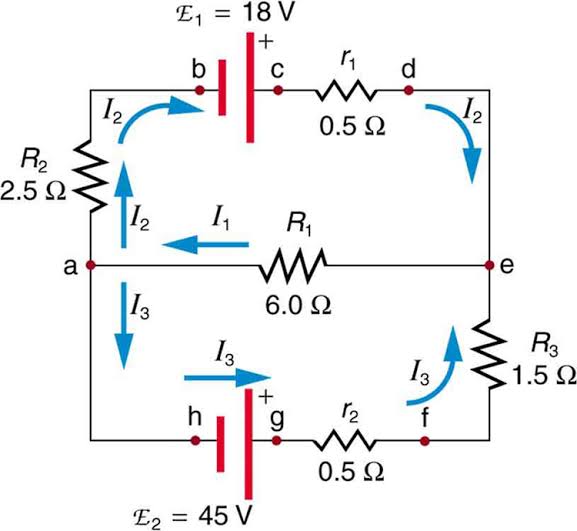Kirchhoff established his name in the world of physics by applying two applications of physics in electric circuits. The first application states that current which is flowing into the node must be equal to the current out of the node and this is called Kirchhoff’s current law. The second application is called Kirchhoff’s voltage law which stated that the sum of all voltages around any closed loop in a circuit must equal to zero or in other words it can be stated that the net electromotive force around a closed circuit loop is equal to the sum of potential drops around the loop. These applications are universally applicable but it also has its limitation or a way to be put around as this law has practical application in a situation which involves static energy. This law can also be applied in time and frequency domains and can form the basis for network analysis.

How this law is applicable?
There are two laws Kirchhoff has come up with they are also called junction law and loop law. Kirchhoff’s junction law states that the sum of currents entering a junction must equal to the sum of current leaving the same junction as it is said that current never used in a junction it goes in and must come back out of it and this is how this law can be applied and understood by this simple definition. On the other hand, Kirchhoff’s loop law states that the sum of the changes in voltage which can be around or closed loop in a circuit must be zero which means if you add any other voltage around the circuit you will get zero in around the loop and this is how this law can be applied and can be understood as these both laws can be applied in a different way and one will get a different result.

What are the limitations of this law?
Every law has its boundary to be applicable or not the same is the case with this law as this law is the result of the lumped element model and both the law depends on the applicability of the circuit and when the model is not applicable to the law does not apply. This law has its assumption that the net charge in any wire component is constant. On the other hand voltage law relies on a fact that time-varying magnetic filed action are confined to the individual component.